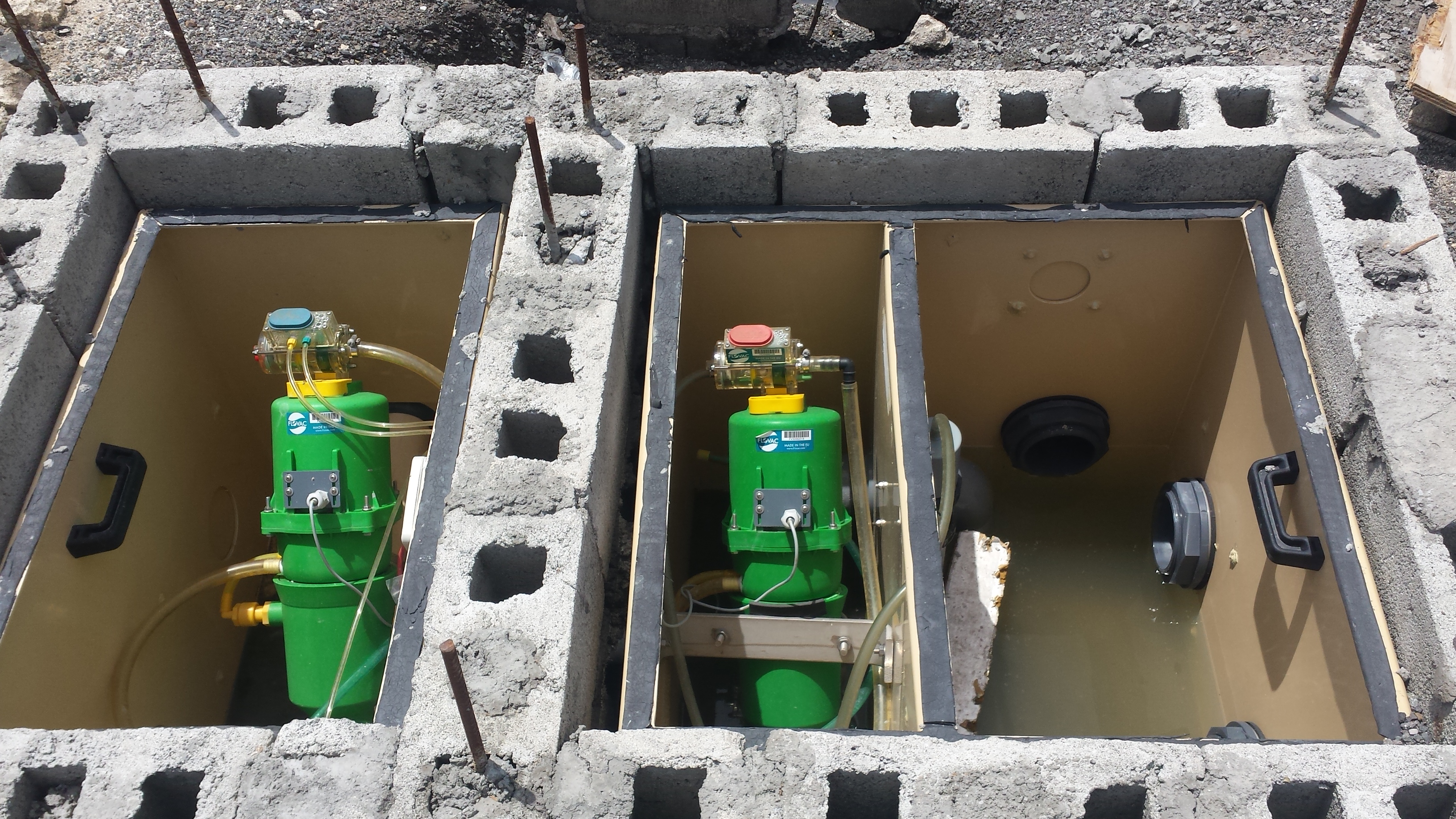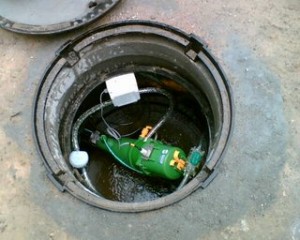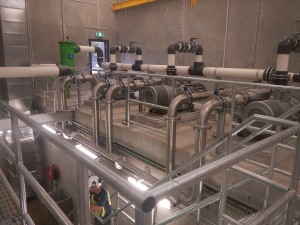What is the useful life of vacuum sewer systems?
- 3 September, 2020

Useful life of vacuum sewer systems
Vacuum sewer systems are relatively new in the sewer industry. For this reason, it is difficult to establish a correct estimate of its useful life when making comparative analysis of alternative sewage systems. But although vacuum systems are newcomers to the sewerage industry, we are seeing some systems just reaching their 50th anniversaries.
To this day, materials and designs have changed significantly since the first systems were installed in the mid sixties, and although many are still operating, they are nearing the end of their useful life. As expectations on asset life have changed industry wide, any sewage infrastructure is expected to last significantly longer nowadays.
WSAA Vacuum Sewerage Code
The only code or standard which stipulates the useful life of assets is the Australian WSAA Vacuum Sewerage Code, published in 2004. There are some discussions in WEF‘s alternative sewer guide on operating costs; however, these are based on systems that are too old to be relevant with modern systems.
Useful life of system components
Vacuum sewerage systems are made up of two main components: the vacuum pump station and the reticulation. Here we show the useful life of the different items of the system. Note that many of these components have commonalities with gravity sewers and so their asset life life cycle costs are very much the same.
| Vacuum Pump Station | |
| Civil Structure | 100 years |
| Pipework (including the Tank) | 50 years |
| Power Systems | 25 years |
| Vacuum Pumps | 15 years |
| Discharge Pumps | 15 years |
| Instrumentation SCADA and Controls | 15 years |
| Reticulation | |
| Vacuum Sewers | 100 years |
| Pressure Mains | 100 years |
| Vacuum Interface Valves | 50 years |
| Collection Pits | 50 years |
| Division and other valves | 50 years |
Asset maintenance
When looking at whole of life costs, the primary maintenance item in the vacuum pump station are the vacuum pumps. Liquid ring pumps have lower ongoing costs but use a lot of water, which can be expensive. On the other hand, rotary vane pumps require oil and filter changes, and rebuilds are more common. However, discharge pumps in vacuum sewer systems have lower operational costs since they do not present the risks commonly found in gravity sewer systems. Ragging and impacts from rocks are less common due to the collection tank location.
Lastly, vacuum interface valves have very few mechanical parts, so they can be rebuild once every ten years on average. The parts required for this rebuild will cost less than $100 for each valve per rebuild.

Flovac Vacuum Valve

Vacuum Pump Station
Get our news
Temas
Archives
FLOVAC
Flovac is the world’s leading vacuum sewerage engineering, supplier and operation company.
Primer de Maig 4 Street
08980, Barcelona
Spain

CONTACT US
COPYRIGHT © 2021 FLOVAC - THE GREEN FUTURE OF SEWERAGE


